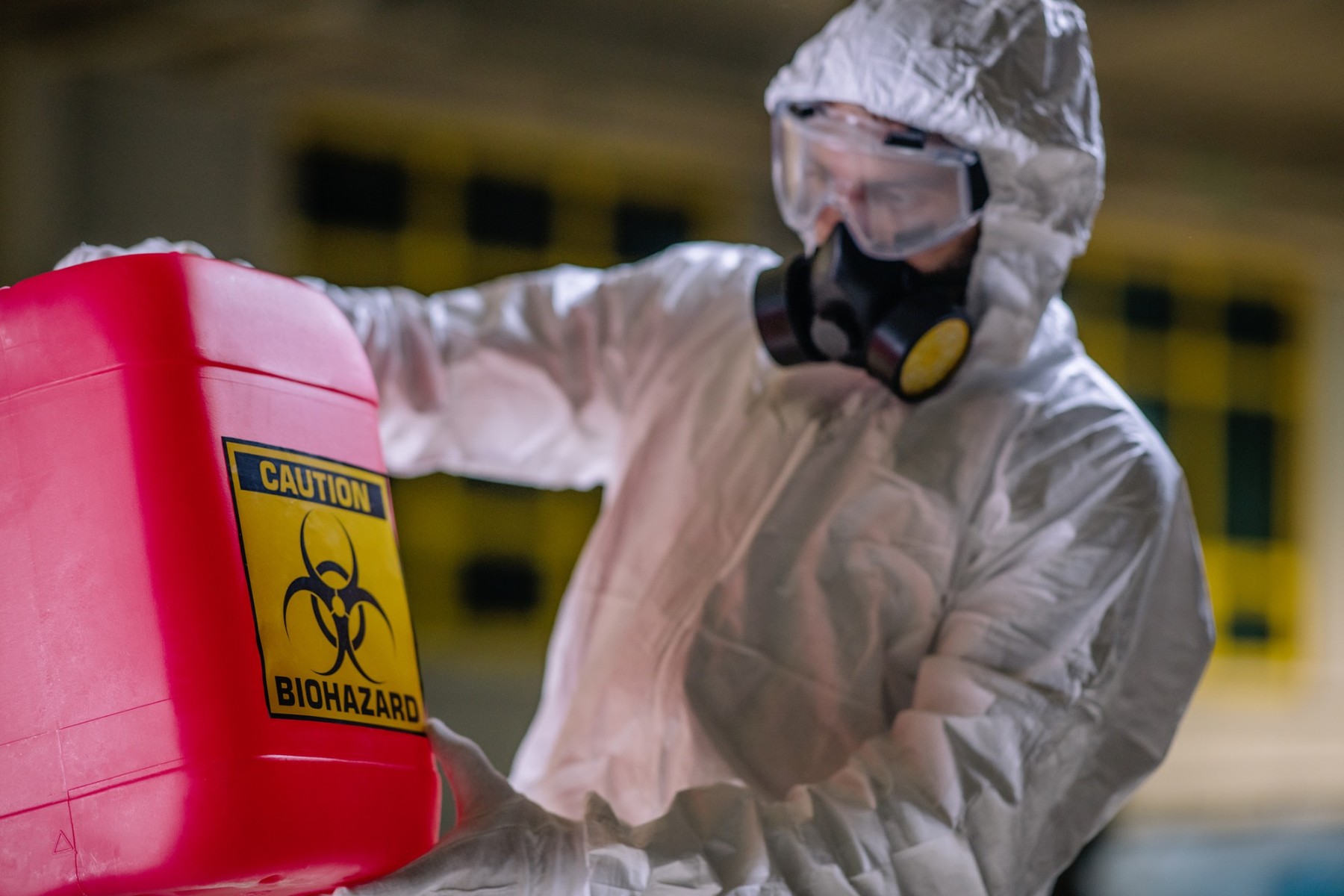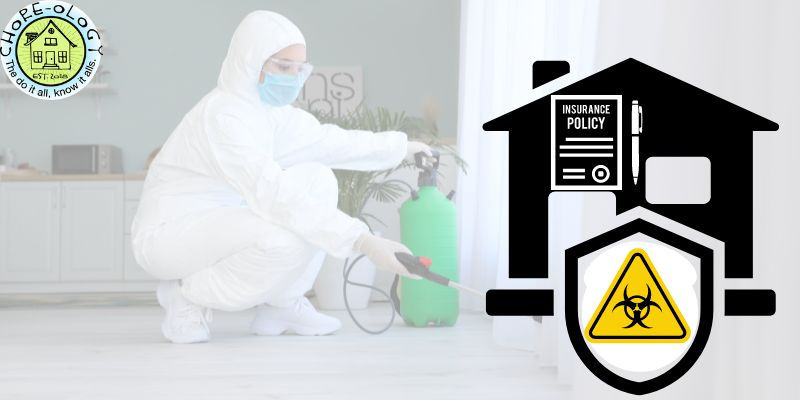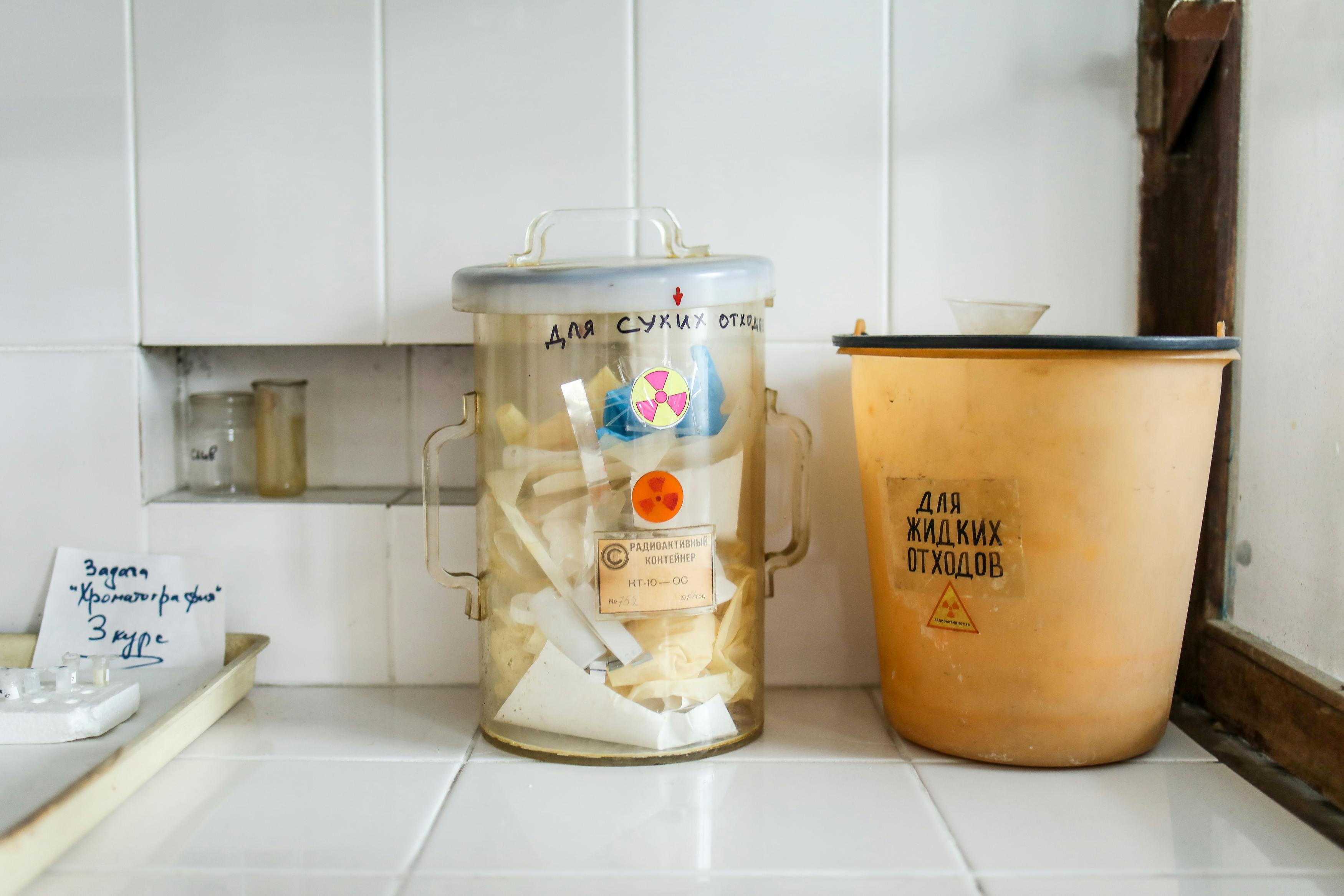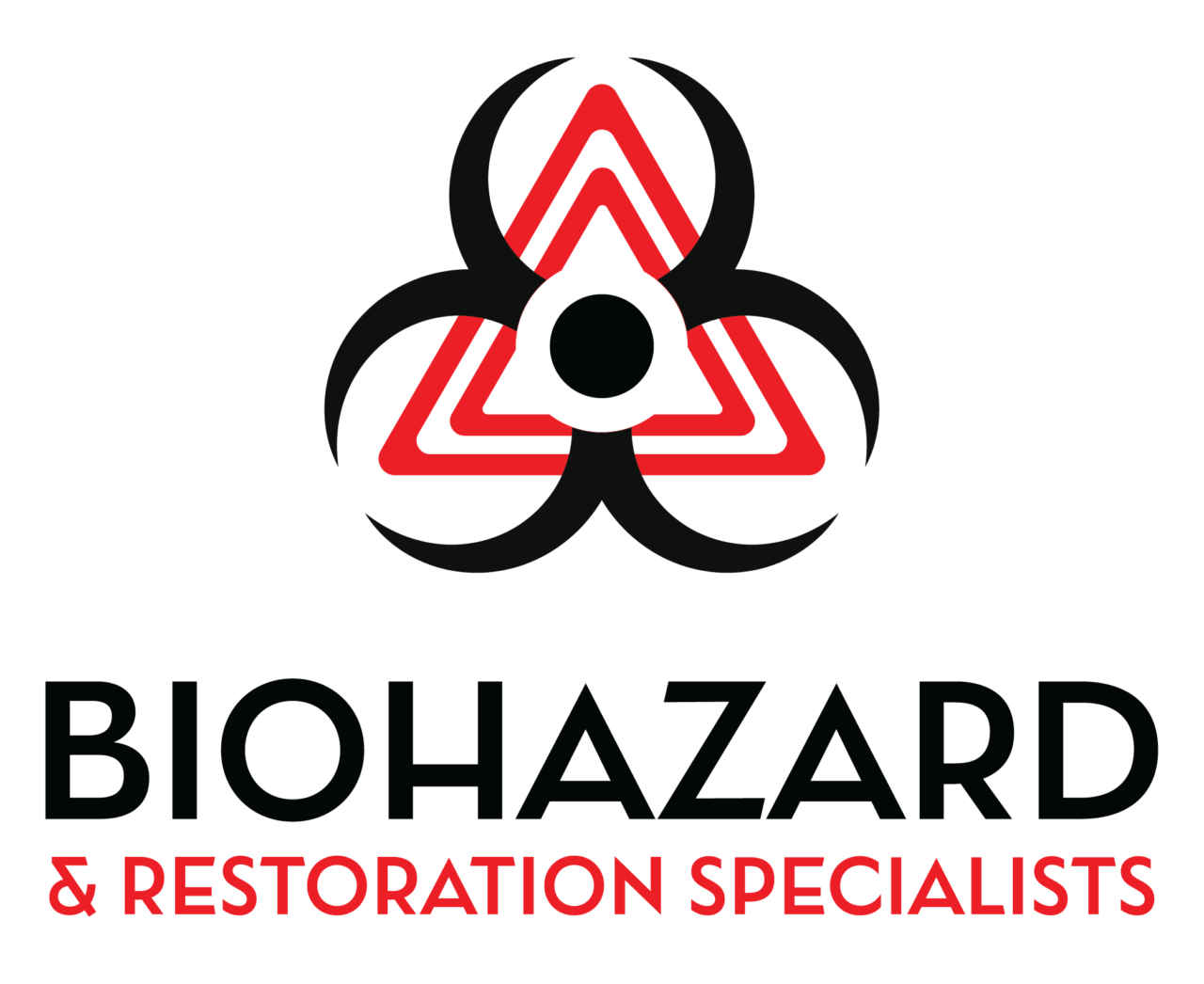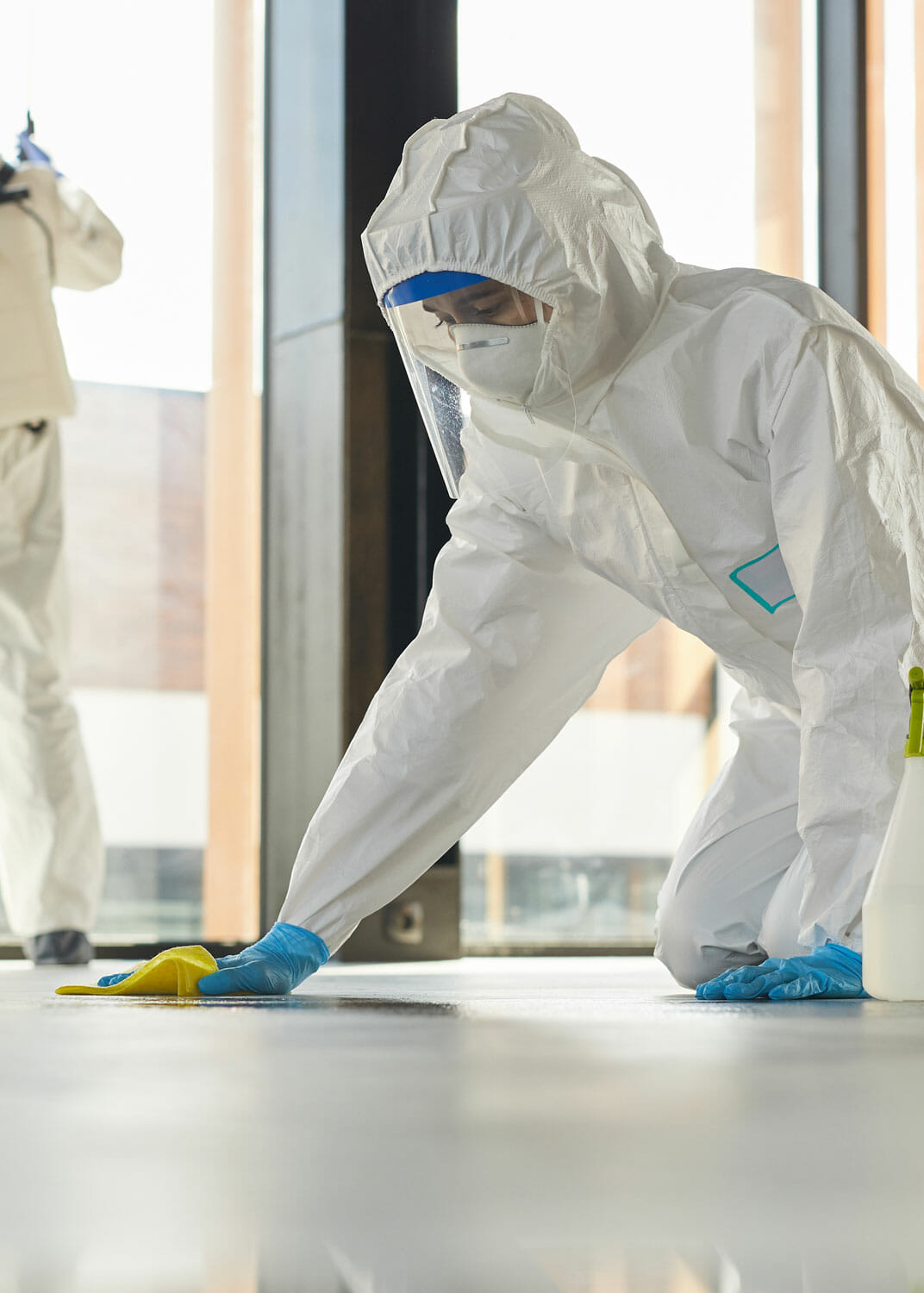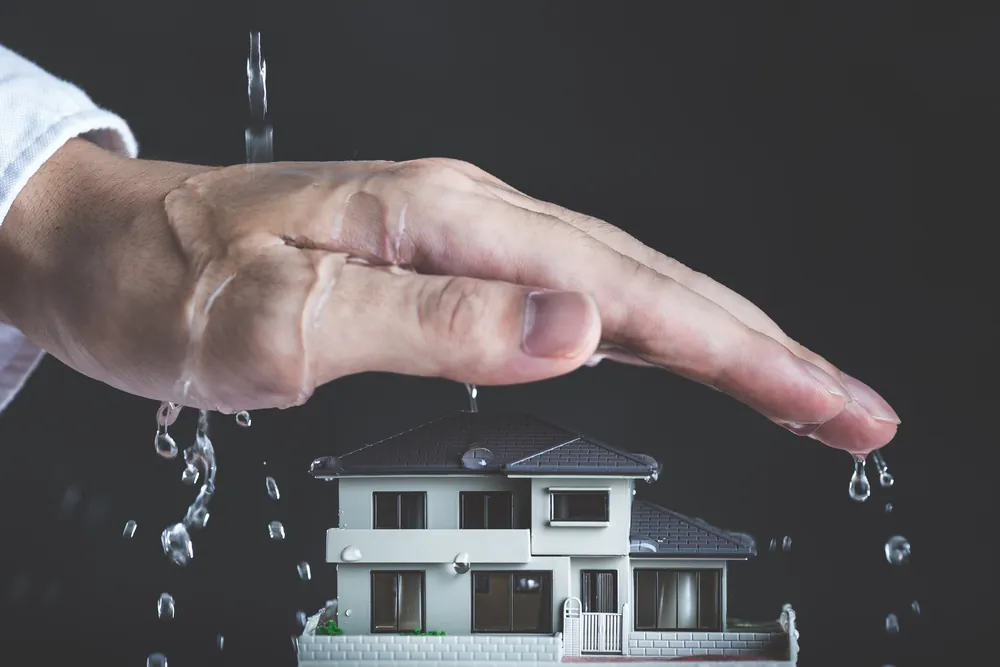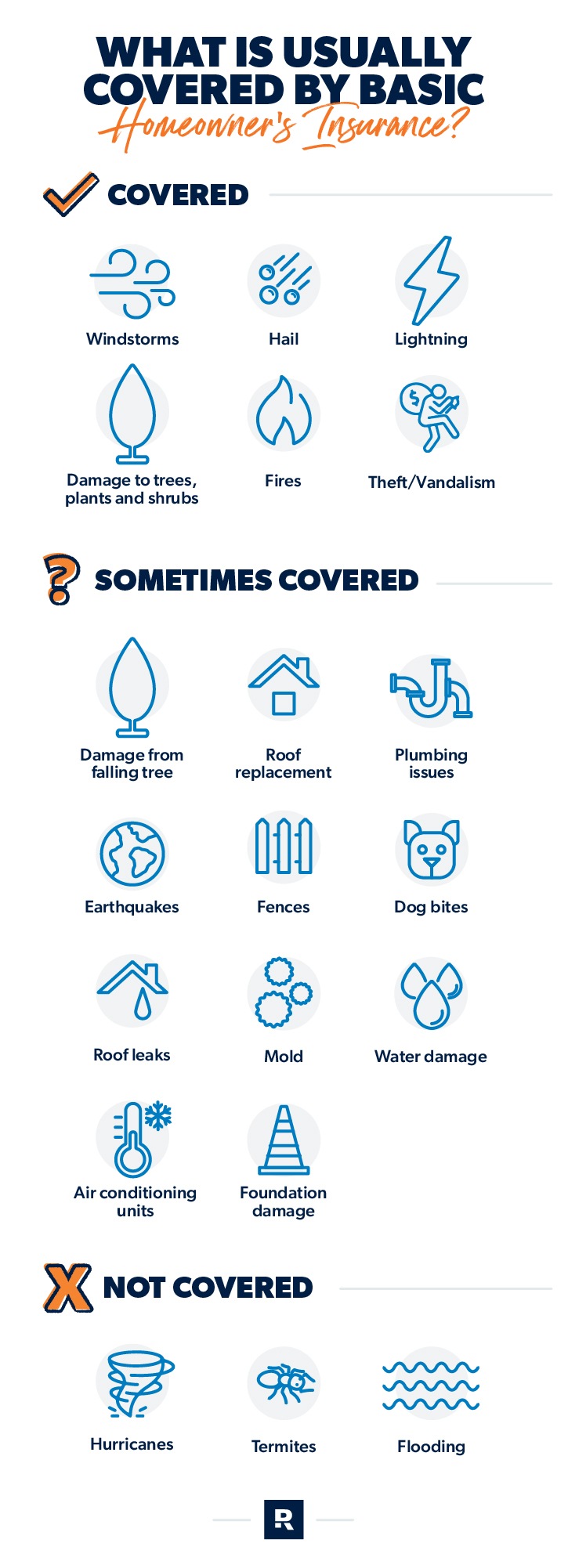Does Homeowners Insurance Cover Biohazard Cleanup

Imagine returning home after a long trip, only to find your house a scene from a nightmare. A burst pipe has unleashed a torrent of water, breeding mold and mildew in every corner. Or perhaps, a more tragic scenario: the aftermath of an unattended death, leaving behind biohazardous materials that demand immediate, specialized attention. The immediate question racing through your mind, amidst the shock and distress, is: "Who will take care of this, and how will I pay for it?"
The question of whether homeowners insurance covers biohazard cleanup is complex and depends heavily on the specific circumstances, the policy's terms, and state regulations. While standard policies often cover some types of property damage, the coverage for biohazards is frequently limited or requires specific endorsements. Understanding these nuances can save homeowners from unexpected financial burdens during already difficult times.
Understanding Homeowners Insurance
Homeowners insurance is designed to protect your home and its contents from a variety of perils. Standard policies typically cover damages caused by events like fire, windstorms, vandalism, and certain water-related incidents, such as burst pipes. However, the extent of coverage can vary significantly depending on the insurance company and the specific policy.
It's essential to understand the difference between named-peril and all-risk policies. Named-peril policies only cover events explicitly listed in the policy, while all-risk policies (also known as open-peril policies) cover all events except those specifically excluded. This difference can be critical when determining coverage for biohazard cleanup.
What is Biohazard Cleanup?
Biohazard cleanup involves the removal, sanitization, and disposal of materials contaminated with potentially infectious substances. These substances can include blood, bodily fluids, mold, sewage, and other hazardous waste. The process requires specialized equipment, training, and adherence to strict safety protocols to prevent the spread of disease and ensure the property is safe for habitation.
Situations requiring biohazard cleanup can range from crime scenes and unattended deaths to sewage backups and mold infestations. Each scenario presents unique challenges and requires a tailored approach to remediation.
When Does Homeowners Insurance Cover Biohazard Cleanup?
The key to determining whether your policy covers biohazard cleanup lies in understanding the cause of the contamination. If the biohazard resulted from a covered peril, such as a burst pipe or vandalism, the insurance company is more likely to cover the cleanup costs.
For example, if a burst pipe leads to a sewage backup, and the policy covers water damage, the subsequent cleanup of sewage and associated biohazards might be covered. However, if the backup is caused by negligence, such as a lack of maintenance, the claim could be denied.
Here's a breakdown of common scenarios and potential coverage:
- Crime Scenes: If your home is the site of a crime, such as a homicide or suicide, the resulting biohazard cleanup may be covered under the policy's property damage provisions. Some policies may have specific exclusions or limitations for these types of events.
- Unattended Deaths: Similar to crime scenes, unattended deaths can result in significant biohazard contamination. Coverage will depend on the policy's wording and any specific exclusions related to death or decomposition.
- Sewage Backups: Standard policies often exclude damage caused by sewer backups. However, many insurers offer optional endorsements that provide coverage for this peril. Without this endorsement, homeowners may be responsible for the entire cleanup cost.
- Mold Infestations: Mold can be a particularly tricky area. Standard policies may cover mold remediation if the mold resulted from a covered peril, such as a burst pipe. However, if the mold is caused by a lack of maintenance or ongoing leaks, coverage is often excluded or limited.
Common Exclusions and Limitations
Homeowners insurance policies often contain exclusions and limitations that can significantly impact coverage for biohazard cleanup. These exclusions are designed to protect the insurance company from risks they are not willing to cover.
One common exclusion is damage caused by neglect or lack of maintenance. If a homeowner fails to maintain their property, and this leads to a biohazard situation, the insurance company may deny the claim. For instance, if a leaky roof causes mold growth, and the homeowner knew about the leak but failed to repair it, the mold remediation may not be covered.
Another common limitation is on the amount of coverage available for certain types of damage. For example, a policy may have a specific limit on mold remediation, regardless of the total cost of the cleanup. Understanding these limits is crucial for homeowners to avoid unexpected out-of-pocket expenses.
It's also worth noting that some policies may exclude coverage for certain types of biohazards altogether. For example, a policy might exclude coverage for asbestos removal or lead paint abatement. Homeowners should carefully review their policy to understand these exclusions.
The Importance of Policy Endorsements
Policy endorsements can be added to a standard homeowners insurance policy to provide additional coverage for specific perils. These endorsements can be particularly important for homeowners who are concerned about potential biohazard situations.
For example, a sewer backup endorsement can provide coverage for damage caused by sewer backups, including the cleanup of sewage and associated biohazards. This endorsement can be a lifesaver for homeowners who live in areas prone to sewer backups.
Another useful endorsement is one that provides broader coverage for mold remediation. This type of endorsement may cover mold remediation even if the mold is not directly caused by a covered peril. However, these endorsements often come with specific requirements and limitations, so it's important to understand the terms before adding them to your policy.
Navigating the Claims Process
Filing a claim for biohazard cleanup can be a complex process. It's essential to document the damage thoroughly and follow the insurance company's instructions carefully.
The first step is to contact your insurance company as soon as possible after discovering the biohazard. Provide them with a detailed description of the situation and ask about the policy's coverage for biohazard cleanup. Take photographs and videos of the damage to document the extent of the contamination.
The insurance company will likely send an adjuster to inspect the property and assess the damage. Be sure to cooperate with the adjuster and provide them with any information they need. It's also a good idea to get quotes from reputable biohazard cleanup companies to provide the insurance company with an estimate of the cleanup costs.
If the insurance company denies the claim, don't give up. Review the policy carefully to understand the reasons for the denial and gather any additional evidence that supports your claim. You may also want to consider consulting with a public adjuster or an attorney to help you navigate the appeals process.
Choosing a Reputable Biohazard Cleanup Company
When faced with a biohazard cleanup situation, it's crucial to choose a reputable and experienced company. These companies have the specialized equipment, training, and expertise to safely and effectively remediate the contamination.
Look for companies that are licensed, insured, and certified in biohazard cleanup. Ask for references and check online reviews to get a sense of the company's reputation. Make sure the company follows all applicable regulations and safety protocols.
A reputable company will also provide you with a detailed estimate of the cleanup costs and work with your insurance company to ensure that the claim is processed smoothly.
Preventing Biohazard Situations
While it's impossible to prevent all biohazard situations, there are steps homeowners can take to minimize the risk.
Regular maintenance is key to preventing water damage and mold growth. Inspect your plumbing regularly, repair any leaks promptly, and ensure that your gutters are clean and free of debris. Consider investing in a sump pump to prevent basement flooding.
Additionally, consider installing a water leak detection system that can alert you to potential leaks before they cause significant damage. Stay informed about potential risks in your area, such as sewer backups or flooding, and take steps to mitigate those risks.
The Emotional Toll
Dealing with a biohazard situation is not only a logistical and financial challenge but also an emotional one. The trauma of discovering a crime scene, an unattended death, or severe contamination can be overwhelming.
It's important to prioritize your mental health and seek support from friends, family, or a therapist. Don't hesitate to ask for help with the cleanup process and allow yourself time to grieve and heal. Remember, you are not alone, and there are resources available to help you cope with the emotional impact of the situation.
Conclusion
Navigating the complexities of homeowners insurance and biohazard cleanup can be daunting. While coverage is not always guaranteed, understanding your policy, documenting the damage thoroughly, and working with reputable professionals can help you navigate the process more effectively. By proactively preventing potential biohazard situations and seeking support when needed, homeowners can protect their property and their peace of mind.
Ultimately, a well-informed homeowner armed with a comprehensive insurance policy and a proactive approach to property maintenance is best equipped to weather the storm and restore their home to a safe and healthy environment.

